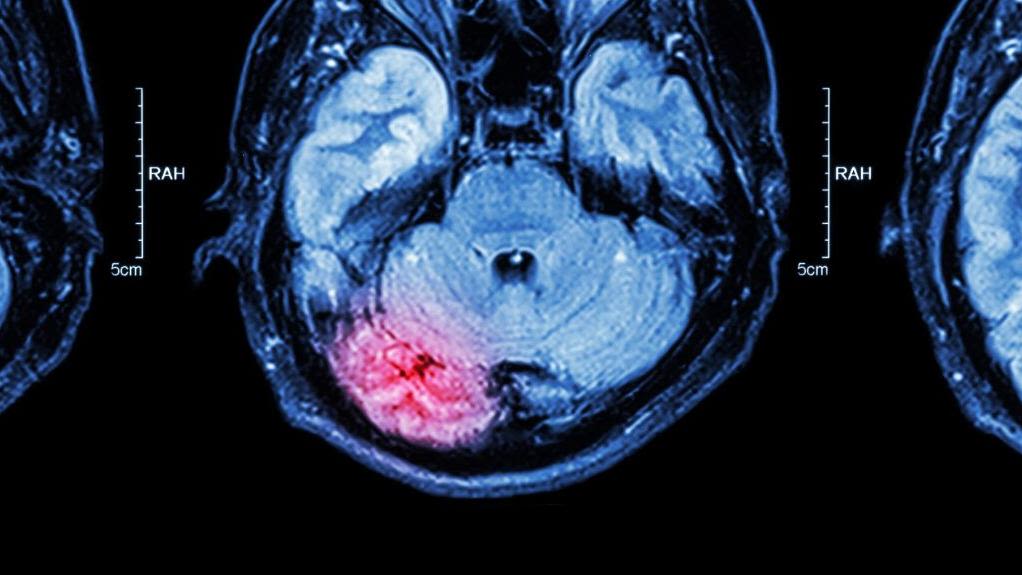

Traumatic brain injury (TBI) is a leading cause of death and long-term disability in young people. However, research in this area remains limited in particular due to a lack of data concerning head injuries sustained by the young population. An innovative longitudinal study designed and conducted by The Podium Institute is harnessing advanced magnetic resonance imaging (MRI) techniques to uncover why some children recover worse than others after they have sustained a head injury, for instance through playing sport.
In emergency departments, clinical assessments such as computerised tomography (CT) scans focus on detecting life-threatening injuries. However, many children with a normal-looking CT scan still experience lasting symptoms, highlighting that important aspects of brain injury may be missed on standard imaging.
Using advanced MRI techniques, this new study will explore various aspects of brain damage, including injury to nerve fibres, disruptions in brain metabolism, and changes in functional connectivity between brain regions. These sophisticated neuroimaging measures will be combined with cognitive testing along with self- and parent-reported information on head injuries. The aim is to identify key MRI biomarkers that can reliably predict both clinical recovery and sports-related outcomes, such as time to return to sport.
Mr Tim Lawrence (Nuffield Department of Clinical Neurosciences, Oxford University), consultant paediatric neurosurgeon and one of the study’s lead researchers, explained, ‘With growing concern regarding a potential link between mild or repetitive traumatic brain injury and long-term cognitive difficulties or even early dementia, there is a pressing need to identify the types of traumatic injuries that may pose a risk. Our study is a step towards better understanding of the mechanisms that underpin damage to the brains of children and adolescents suffering injury.’
Read the full story on the University of Oxford website.
more recommended stories
 Phage Therapy Study Reveals RNA-Based Infection Control
Phage Therapy Study Reveals RNA-Based Infection ControlKey Takeaways (Quick Summary) Researchers uncovered.
 Pelvic Floor Disorders: Treatable Yet Often Ignored
Pelvic Floor Disorders: Treatable Yet Often IgnoredKey Takeaways (Quick Summary) Pelvic floor.
 Urine-Based microRNA Aging Clock Predicts Biological Age
Urine-Based microRNA Aging Clock Predicts Biological AgeKey Takeaways (Quick Summary) Researchers developed.
 Circadian Control of Neutrophils in Myocardial Infarction
Circadian Control of Neutrophils in Myocardial InfarctionKey Takeaways for HCPs Neutrophil activity.
 E-Cigarette Use and Heart Attack Risk in Former Smokers
E-Cigarette Use and Heart Attack Risk in Former SmokersKey Takeaways for Clinicians and Nurses.
 36-Week Pre-eclampsia Screening May Reduce Term Risk
36-Week Pre-eclampsia Screening May Reduce Term RiskA New Preventive Strategy for Term.
 Cardiovascular Risk and Sudden Cardiac Death in Diabetes
Cardiovascular Risk and Sudden Cardiac Death in DiabetesRising Sudden Cardiac Death (SCD) Risk.
 Poor Kidney Function and Alzheimer’s Biomarkers Explained
Poor Kidney Function and Alzheimer’s Biomarkers ExplainedPoor kidney function may influence levels.
 Walking Speed Before Hip Replacement Predicts Recovery
Walking Speed Before Hip Replacement Predicts RecoveryNew Evidence Points to a Simple,.
 Neuroblastoma Drug Combo Extends Survival in Models
Neuroblastoma Drug Combo Extends Survival in ModelsA Promising Shift in High-Risk Neuroblastoma.

Leave a Comment